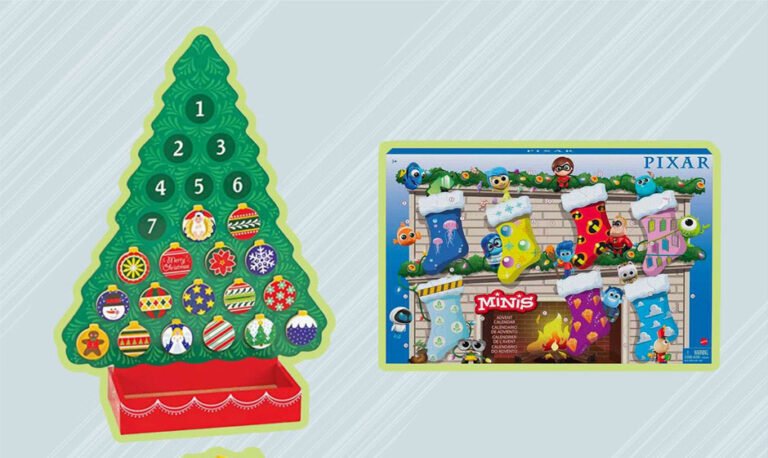Introduction
As we approach the holiday season, the anticipation for Christmas grows. One popular tradition that adds excitement to the countdown is the use of Advent calendars. These calendars, with their daily surprises, help build the excitement leading up to Christmas Eve. From traditional chocolate treats to more elaborate options like perfume and liquor, Advent calendars have evolved to cater to diverse preferences. Let’s delve into the world of Advent calendars and explore the various options available.
The Advent Calendar Experience
Typically, Advent calendars mark the days leading up to Christmas and start on December 1st. The religious significance of Advent adds a special meaning to this tradition. While simple chocolate treats have been the norm for many years, recent times have seen the emergence of more extravagant offerings. From beauty products and toys to calendars for pets, there is something for everyone.
Discount grocer Aldi, known for its variety of options, introduced its Advent calendar collection on November 3rd. However, due to high demand, the calendars quickly sold out, causing some to be resold at significantly inflated prices on platforms like eBay. Costco also joined the Advent calendar trend, releasing wine and beer calendars in September. Prices and availability may vary depending on location.
The Original Cheese Advent Calendar
One popular Advent calendar variation is the cheese calendar, which has gained recognition as the original cheese Advent calendar. The “Ilchester So Wrong It’s Nom Cheese Advent Calendar” became a sensation, retailing for $20 in nationwide stores such as Sam’s Club, Target, Supervalu, Sprouts, Schnucks, Meijer, Jewel, Lidl, and Publix.
The Origins of Advent Calendars
The concept of Advent calendars dates back to the 1800s. German Protestants are believed to have started the tradition by marking each day leading up to Christmas with chalk marks or lit candles on their doors. The modern Advent calendars we know today were invented by Gerhard Lang in the early 1900s. Inspired by his childhood experience of receiving 24 cookies from his mother, Lang created the first printed, commercial Advent calendar in 1908.
When to Begin an Advent Calendar
There are differing opinions on how to start an Advent calendar. Some suggest counting down from the highest number to 1, while others believe in starting from 1 and counting up. According to historical context, the latter approach seems to align more closely with the original intention of Advent calendars. The goal is to count up towards the days before Christmas, immersing oneself in the anticipation and joy of the holiday season.
Homemade Advent Calendars
If store-bought Advent calendars are sold out or don’t meet your preferences, fear not! You can always create your own homemade Advent calendar. Many individuals have shared their creative ideas, showcasing calendars made with personal touches. From intricate Nativity scenes to themes like animals, snowmen, and sweet treats, homemade Advent calendars provide an opportunity for customization and can become cherished family traditions.
Conclusion
As Christmas draws nearer, the tradition of Advent calendars captures the essence of anticipation and excitement. Whether you opt for the classic chocolate treats, explore the more extravagant options, or create a personalized calendar, the countdown to Christmas becomes a joyful experience. Embrace the spirit of the season and make each day leading up to Christmas Eve a delightful surprise.



